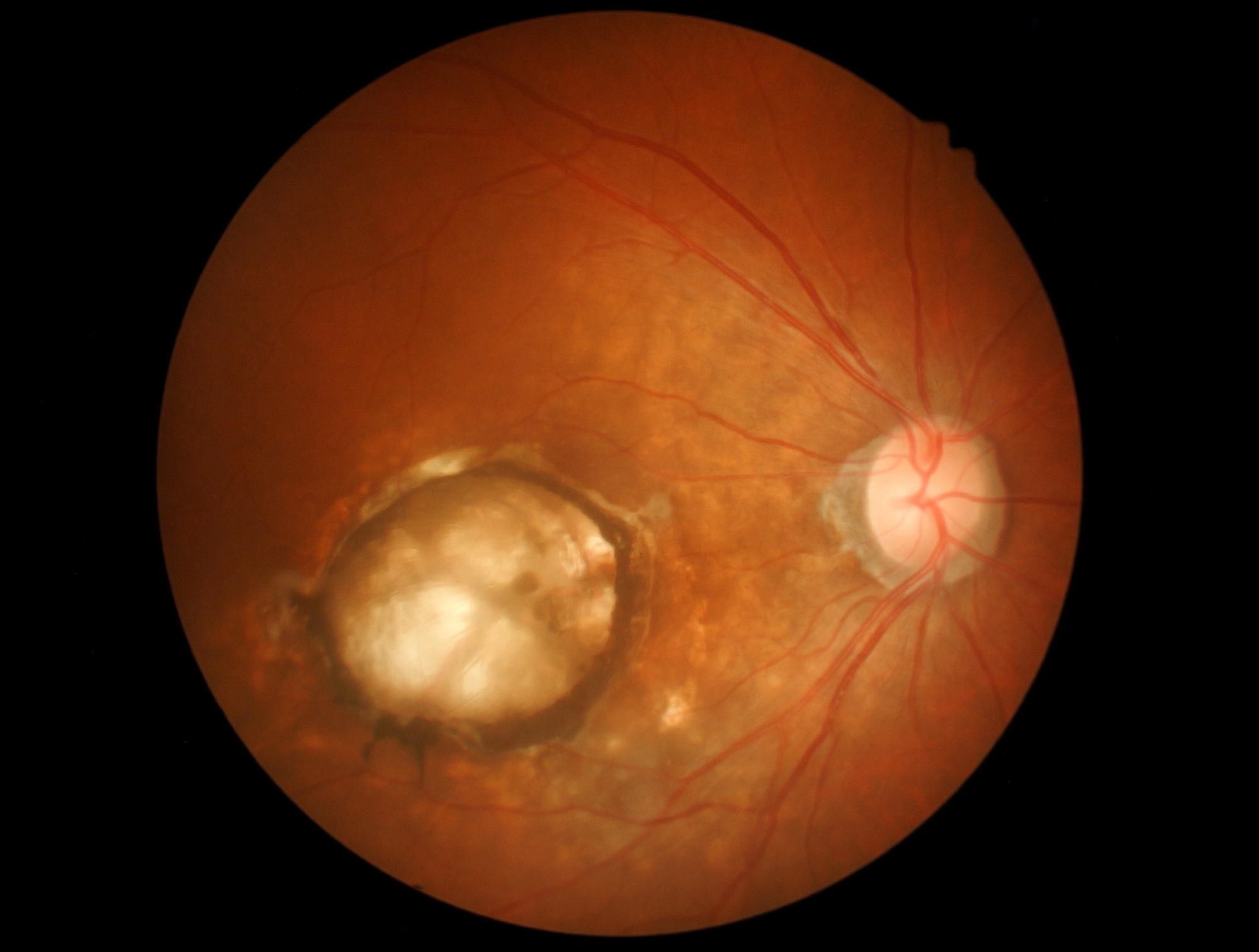A breakthrough study shows that a daily oral dose of 8-aminoguanine could safeguard retinal health and slow vision loss in aging, opening new avenues for treating degenerative eye diseases.
 Study: Oral 8-aminoguanine against age-related retinal degeneration. Image Credit: memorisz / Shutterstock
Study: Oral 8-aminoguanine against age-related retinal degeneration. Image Credit: memorisz / Shutterstock
In a recent study in the journal Communications Biology, utilized aged Fischer 344 rats to investigate the potential of orally administered 8-aminoguanine (8-AG) in protecting against age-related retinal degeneration. The main experiment was 8 weeks in duration, with a small sub-cohort of animals followed for 17 weeks due to high mortality at older ages. The intervention involved supplying 22-month-old rats with a low dose of 8-AG in drinking water.
Study findings highlight the protective effects of 8-AG against retinal decline, with appreciable preservation of retinal structure and function observable after only 8 weeks of the intervention. These observations, specifically increased retinal thickness, improved electroretinogram responses, and enhanced photoreceptor integrity, were further confirmed in the small, long-term (17-week) cohort; however, the limited sample size reduces statistical certainty. Notably, 8-AG significantly improved rod (scotopic) function, while cone (photopic) function was not rescued by 8-AG, although histological analysis showed preservation of cone structure, particularly in the inferior retina. These findings underscore the potential of 8-AG in future clinical interventions for age-related retinal diseases.
Background
Older adults are naturally susceptible to several structural and functional retinal changes, including neural retina thinning and decreases in electroretinogram (ERG) responses, as well as photoreceptor loss. Collectively called 'age-related retinal degeneration', degenerative diseases such as age-related macular degeneration (AMD) severely affect daily functioning and quality of life (QoL) in this vulnerable yet growing population.
Previous research using murine model systems suggests that the interplay of several environmental and genetic factors influences the development of age-related macular degeneration (AMD). Age, in particular, has been highlighted as the primary non-modifiable risk factor in AMD incidence and progression, with studies estimating a quadrupling of AMD incidence every ten years following age 55.
Unfortunately, current treatment options for AMD are limited, and while some risk factors (e.g., smoking) have been identified, the mechanisms underpinning AMD pathology remain poorly understood. Elucidating the oxidative, inflammatory, and microglial changes associated with aging may facilitate the development of future therapeutic interventions aimed at slowing the progression of AMD.
About the study
Previous research has suggested the potential of purine nucleoside phosphorylases (PNPases) in combating age-related conditions, specifically oxidative stress and inflammation, across various organ systems. PNPases are enzymes that modulate inosine-guanosine and hypoxanthine-xanthine ratios, thereby contributing to reduced oxidative stress and inflammatory responses. Murine models have demonstrated that 8-aminoguanine (8-AG), a PNPase inhibitor, can protect against strokes, extend lifespans, and improve cardiovascular health, suggesting 8-AG's age-reversing effects.
The present study aims to assess if 8-AG's anti-aging therapeutic potential extends to AMD and other age-related retinal diseases. It utilized female 22-month-old Fisher 344 (F344) rats, equally divided into cases (8-AG-fed) and controls (water-fed). Cases were administered 5 mg/kg body weight (bw) of 8-AG dissolved in water. The initial study lasted 8 weeks, but a sub-cohort of survivors (1 control and 2 cases) was reassessed at the end of 17 weeks to evaluate the long-term effects of 8-AG.
Experimental assays included spectral domain-optical coherence tomography (SD-OCT), immunohistochemistry (IHC), and electroretinogram (ERG) for retinal morphological assessments, RNA-seq-based transcriptome analysis for immune (inflammatory) and stress response analysis, purine metabolome analyses, and real-time polymerase chain reaction (RT-PCR) for quantification of gene and cytokine expression.
Study findings
Following 8 weeks of interventions, comparisons between 8-AG and water-fed F344 rats revealed that the former cohort demonstrated significantly better preservation of retinal structure and function than the latter cohort. SD-OCT evaluations revealed improved photoreceptor integrity and increased retinal thickness in the cases compared to the controls. ERG data analyses corroborated these results, showing that the cases' retinal responses were significantly improved compared to control rats.
IHC and histological assays found substantial reductions in oxidative damage markers in the retinas of cases. The number of apoptotic cells in these cases was similarly reduced compared to that of the control group. Notably, cases demonstrated attenuated gene- and protein-level immune responses, highlighting the tissue-protective effects of 8-AG. Specific pro-inflammatory cytokines, such as IL-33 and IL-1α, were also found to be reduced in the retinas of treated animals.
Mechanistic evaluations revealed that oxidative stress (lipid and DNA) and inflammatory responses (microglia activity) were substantially attenuated in 8-AG-fed rats compared to their water-fed counterparts. Importantly, only rod (scotopic) function was significantly improved with 8-AG treatment, while cone (photopic) function did not show significant change by ERG, though regional preservation of cone structure was observed histologically.
These findings were even more remarkable in the extended (17-week-long) study. While high F344 mortality post-24 weeks allowed for the evaluation of only two cases and one control, the cases demonstrated retained retinal structure and function, whereas the control had almost entirely lost vision. However, the very limited number of animals in this long-term group makes these findings very preliminary and should be interpreted with caution.
Conclusions
The present study extended the anti-aging benefits of 8-AG, previously described as alleviating age-associated cardiovascular and multi-organ conditions, to vision. It demonstrates that even low dosages (5 mg/kg/day) of the PNPase inhibitor administered orally can significantly mitigate age-related retinal degeneration in rats by suppressing oxidative stress, reducing inflammation, and preserving retinal morphology and function, supporting further investigation in AMD-specific models.
While some effects appeared sustained in the small number of long-term survivors, the data on the duration of benefit remain highly preliminary. Future studies should explore the safety and efficacy of the compound in human models under controlled clinical conditions.